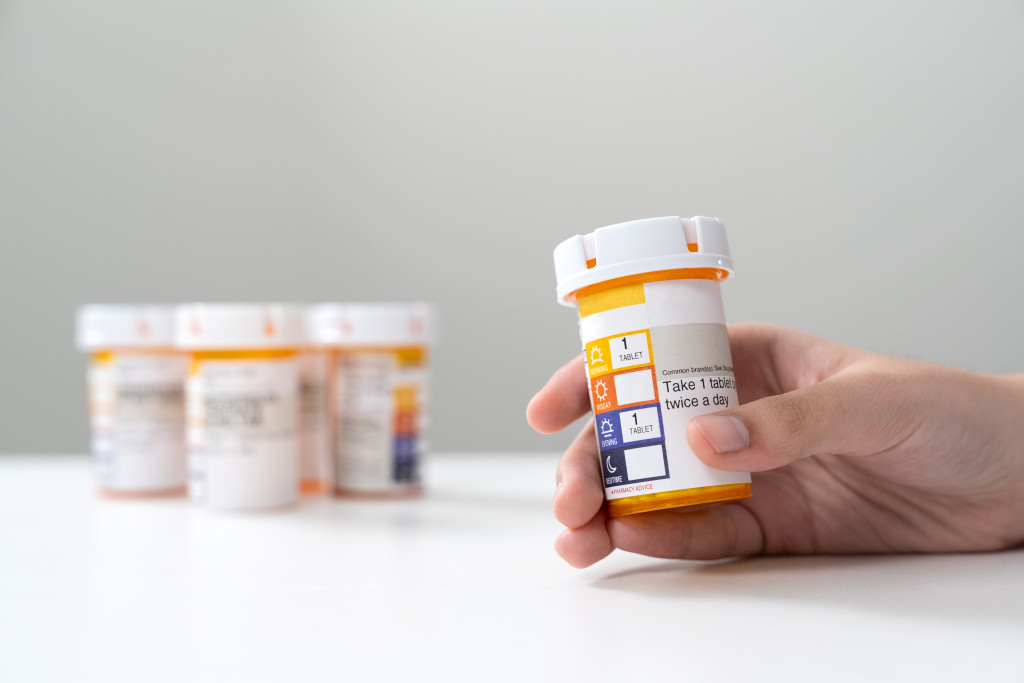Intriguing side effects of capecitabine
- 22/09/2022
Capecitabine is a type of chemotherapy. It is used as a treatment for different types of cancer, including bowel cancer. The body changes capecitabine into a common chemotherapy drug called fluorouracil. Cancer cells need to make and repair DNA to grow and multiply. Capecitabine stops cells from making and repairing DNA. Since the growth of normal cells may also be affected by the medicines, side effects may occur. Gastrointestinal, cutaneous and hematological side effects might be caused by capecitabine. The most frequent cutaneous adverse effect of capecitabine is palmoplantar erythrodysesthesia. Cases of cutaneous lupus (mainly the subacute form) have also been associated with capecitabine treatment. Cardiac toxicity is uncommon, even though its range of occurrence is increasing due to the population ageing. This post will discuss cases of discoid cutaneous lupus and acute coronary syndrome after capecitabine treatment.
Description of a case of cutaneous side effect of capecitabine
In the «Actas Dermo-Sifiliográficas» the DrugCard platform found a case of capecitabine-induced discoid cutaneous lupus. The authors present the case of a 62-year-old man who was referred from the oncology to the dermatology department. The patient was bothered by itching of the skin of the face and chest, which appeared 2 months ago. His anamnesis included high blood pressure, dyslipidemia, and hyperuricemia, for which he had received the same treatment for several years. The patient also had esophageal squamous cell carcinoma with bone metastasis, for which he had started capecitabine seven months earlier. The physical examination revealed round erythematous plaques (approximately 3 cm) with focal desquamation on the cheeks. Two larger erythematous–violaceous plaques were located on the upper chest.
Establishing the diagnosis of capecitabine-induced discoid cutaneous lupus
A diagnosis of capecitabine-induced discoid cutaneous lupus was established based on histological findings. Capecitabine treatment was discontinued and replaced with a combination of carboplatin and paclitaxel. This treatment resulted in the gradual improvement of the lesions and resolution three months later, leaving residual hyperpigmentation. Therefore, although rare, capecitabine can induce discoid cutaneous lupus. At least 9 cases of cutaneous lupus erythematosus associated with capecitabine treatment have been described to date. And according to authors report, only one of which corresponds to discoid lupus.
Description of a case of acute coronary syndrome after capecitabine
The DrugCard platform found this case in an article in the «Medicina general y de familia». A 54-year-old woman is allergic to tramadol and without cardiovascular risk factors (CVRF). Three years ago, she was diagnosed with infiltrative colon adenocarcinoma without a mucinous component. Three months later, metastases were found, and chemotherapy was started with CPT 11 (irinotecan), oral capecitabine, and bevacizumab. Three days after the start of the treatment, a pressing retrosternal pain appeared with irradiation to the neck and back. The laboratory analysis detected a hypersensitive troponin T enzyme curve with a peak of 405.9 ng/l. The ECG shows 60 beats per minute sinus rhythm with negative T waves from V2 to V6.
Discussion of this clinical case
Cardiotoxicity is recognized as a side effect of chemotherapy. According to the data obtained, the patient developed non-ST elevation coronary syndrome. The fact that she is a young woman without CVRF supports the idea of a side effect of anticancer drugs. In this case, it seems that the most likely causal drug in the clinical picture is capecitabine. Since assessing the drug – adverse reaction causality relationship using the Karch and Lasagna algorithm, the authors determined the relationship as probable. First, the side effect appeared with a reasonable temporal sequence after the administration of the drug. Second, the test results supported this theory – there was an improvement after the suspension of the treatment. And any other etiology is less likely.
Why this case is interesting for pharmacovigilance
According to Guideline on good pharmacovigilance practices (GVP) Module VI:
“If multiple medicinal products are mentioned in the publication, only those which are identified by the publication’s author(s) as having at least a possible causal relationship with the suspected adverse reaction should be considered for literature review by the concerned marketing authorisation holder(s)”.
The authors point only to capecitabine as a drug with a causality relationship with the acute coronary syndrome. However, the patient was taking other medications at the same time. Therefore, given the requirements of the GVP, only capecitabine should be considered for reporting by pharmacovigilance specialists.
Proper organization of the literature monitoring process is essential to identify such cases. In turn, the DrugCard platform is entirely suitable for these purposes. Using the DrugCard platform makes it much easier for MAHs to conduct literature monitoring of publications in local specialized literature.

- 27/06/2024
- Drug Safety



